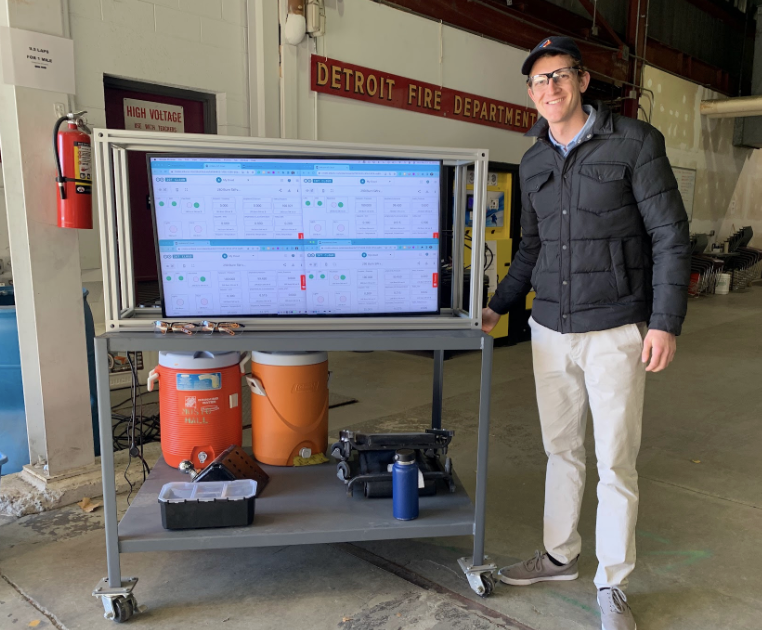
Working with a team of Hardware, Software, and Chemical Engineers, I collaborated in efforts to orchestrate a burn test demonstration of our proprietary detection and notification system. This demonstration was aimed at showcasing our technology's capabilities to potential investors and industry partners. Despite facing numerous challenges, the burn test turned out to be a resounding success.
Pre-Burn Test
Upon joining the team, I found that the hardware design was nearly complete, with only minor adjustments needed in its form factor. My primary role involved updating functionalities in the codebase and integrating the devices with cloud technology. Additionally, I took charge of developing the operational dashboard, while also contributing to consumer-facing projects with the website.
Team Communication
Reports
I authored several reports to align our team on the project plan. These included evaluations of alternative software stacks and deployment strategies. However, due to the tight schedule, we decided to shelve the implementation until after the burn test.
Collaboration
My contributions extended to providing regular feedback during our daily stand-up calls, particularly concerning the burn protocol. I had to prepare my ideas to hold up to scrutiny.
Burn Test Protocol Review
After our chemical engineer finalized the burn test protocol and itinerary, I thoroughly reviewed it, adding comments and addressing questions raised by our team.
Arduino
I engaged in multiple discussions with Arduino's enterprise team to understand their product offerings better and to discuss our project's specific needs. I also met with different consultants including project managers to inform our engineering decisions
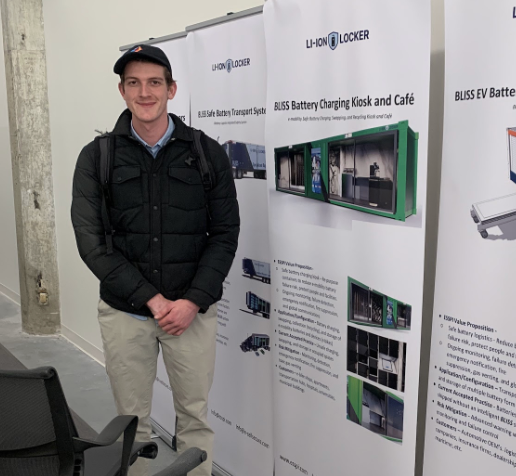
Dashboard Setup
Dashboard Integration
I worked on integrating and customizing the “native” Arduino dashboard to suit our project requirements.
Custom Solution with Grafana
I explored the development of a custom operational dashboard, considering both a ground-up approach and the integration of open-source tools like Grafana.
Hardware Focus
Usage
I set up and documented the boards and sensors that we used to help streamline bringing on other engineers. While I didn’t solder any components, I learned a lot about the computer engineering process.
Debugging
I teamed up with Charlie, one of our hardware engineers, to debug and refine the device code. We had many post work Google Meet meetings to go over high-level design and refine functionality.
Validating Performance
A significant part of the preparation involved validating all the dashboards, specifically ensuring that all the dashboard variables were connected to the right devices. This was before we began utilizing the Arduino IoT Cloud CLI to streamline processes, so I went through and validated each and every dashboard.
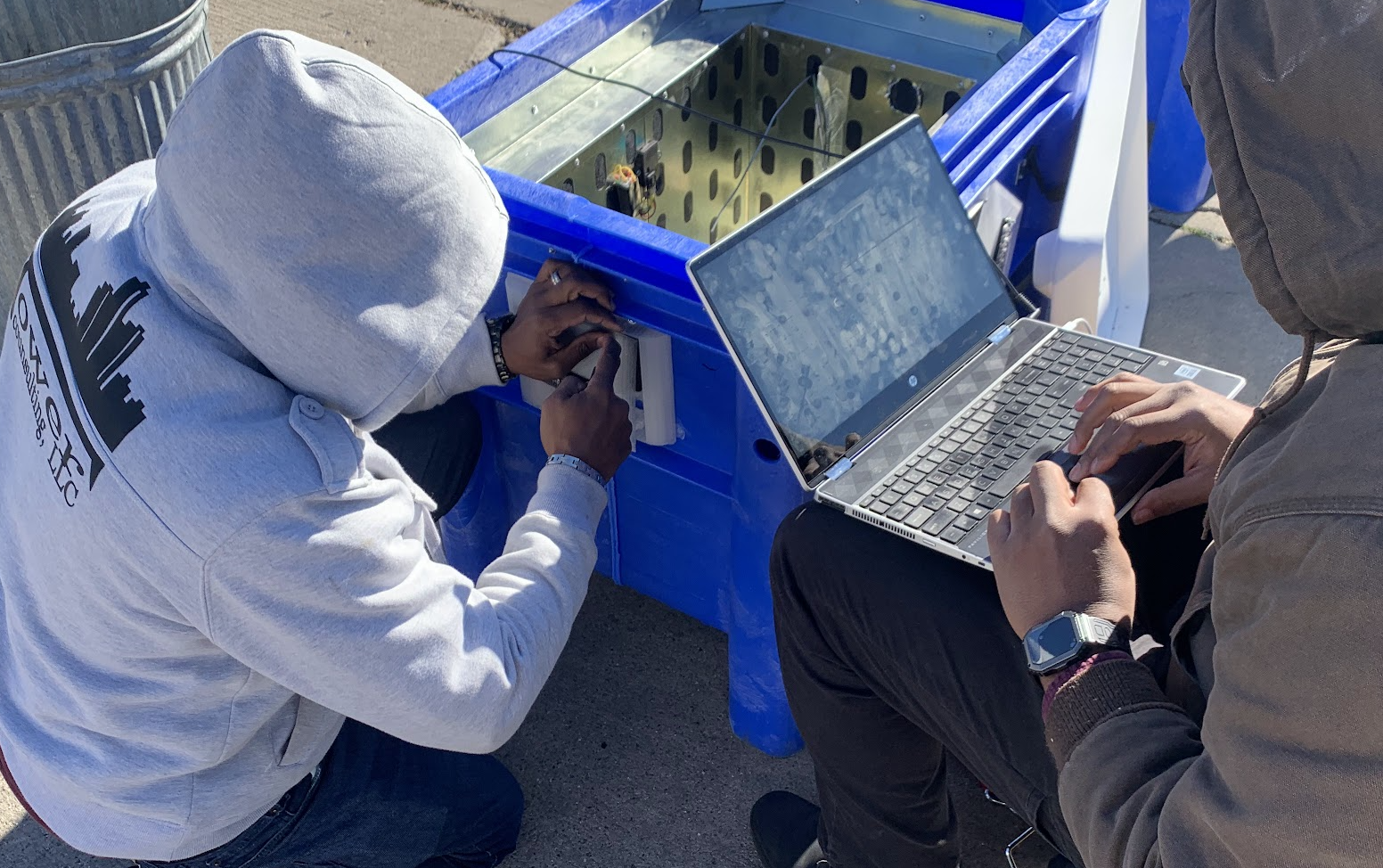
Day of Burn Test
The long-awaited day to showcase our product's capabilities had finally arrived. It was a day marked by anticipation, meticulous execution, and teamwork.
Transporting
A key component of our demonstration was carefully transporting the OEMs and our proprietary detection system to the demo site in conjunction with our timeline.
Hotspot Configuration
As the networking lead, I oversaw the setup of Verizon Jetpack hotspots, ensuring robust connectivity to cloud for display. This task was crucial for the seamless operation of our devices and dashboard. Unfortunately we were without tablets to display our dashboard, and so, I quickly pivoted to configure our dashboard display on a monitor display. This troubleshooting demonstrated our team's adaptability and problem-solving skills under pressure.
More Troubleshooting
Device Reflashing
Some of the devices did not have the proper hardware that would enable them to connect and perform properly, and so we had to remove the enclosures and reflash the code (since OTA wouldn’t work until devices were connected).
Engaging with Stakeholders
(Q&A) Following a presentations by our CEO and CTO, I answered software related questions addressing specific inquiries about our technology.
Data Analysis
Data Extraction
As the architecture that would enable seamless data retrieval was paused, we manually pulled down the data through the Arduino IoT Cloud application and then manually loaded in Dennis's case into csv and excel and in my case a Jupyter Notebook.
Data Analysis
This data was compared to data from thermocouples to validate the sensors performance, and the qualitative perception of the event (we saw one side of the box consumed in smoke, and consequently, we’d expect higher temperature from this sensor).
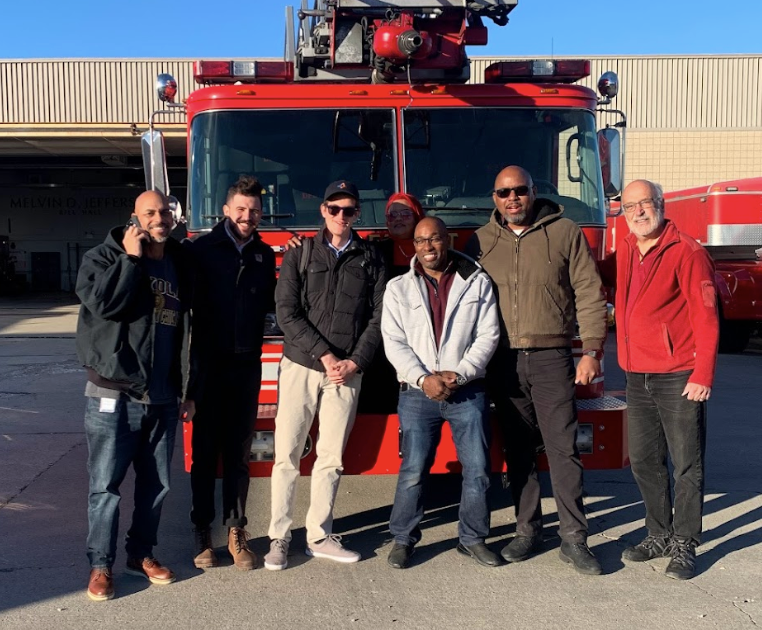
Conclusion
The burn test was not just a demonstration of our product but also a testament to our team's resilience and technical prowess. The challenges we overcame and the success we achieved are stepping stones to even more ambitious projects in the future.
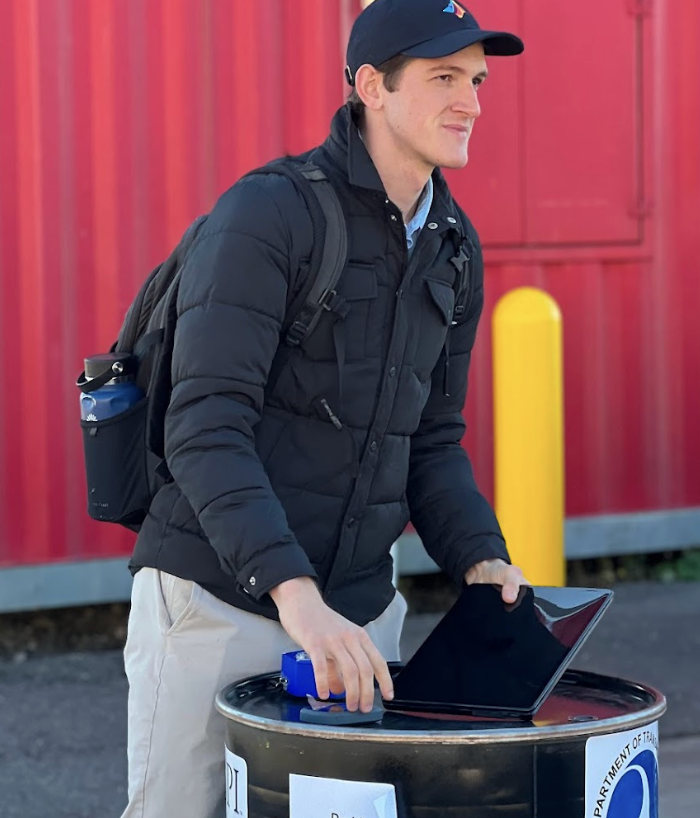
Skills
Python, Cloud (Arduino IoT cloud, AWS IoT Core), Operational Dashboard Design and Implementation, ESP32, Git/ Github, BLE, Presenting/ Communication